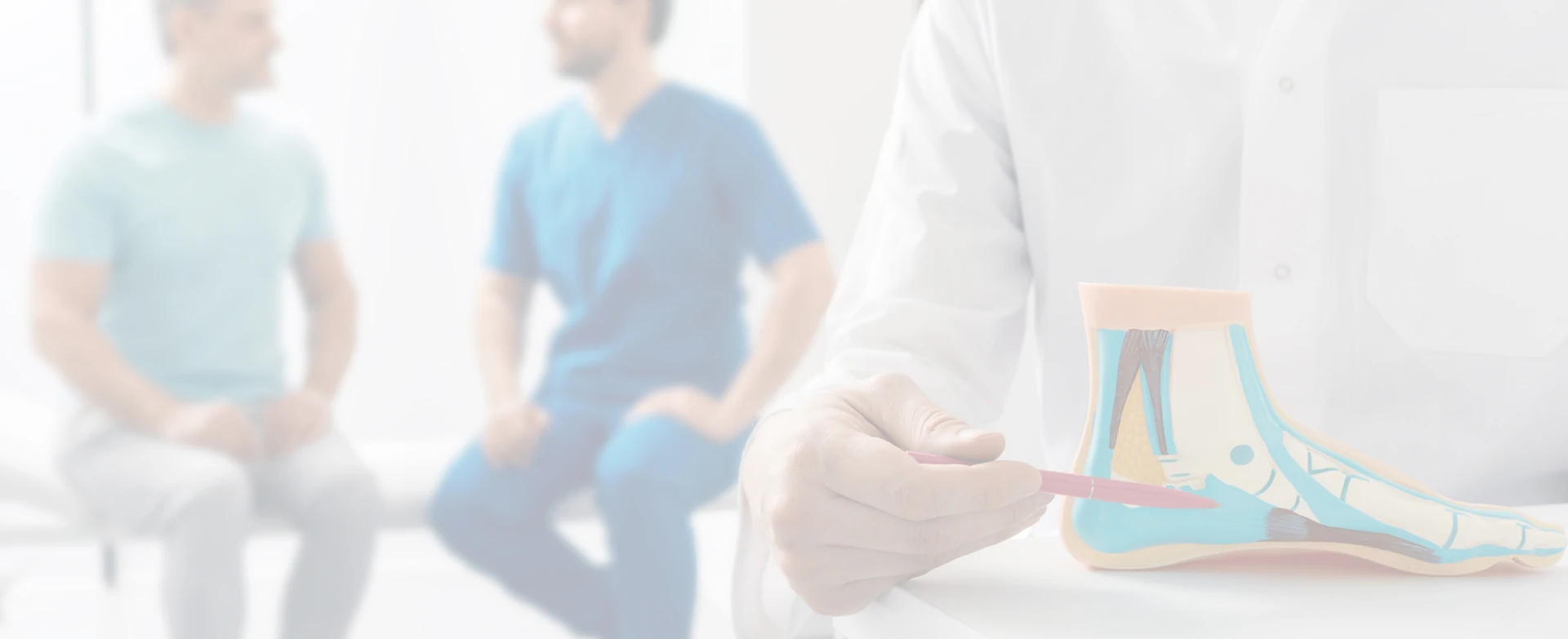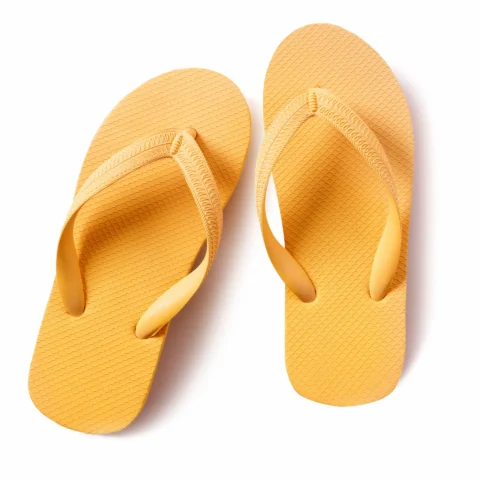
EUP
Shin splints are a common injury among athletes, especially runners, dancers, and those who engage in high-impact sports. They are often characterized by pain and discomfort along the front of the lower leg, which can be felt during and after exercise. In this article, we’ll take a closer look at what shin splints are, what causes them, and how they can be treated.
What are Shin Splints?
Shin splints, also known as medial tibial stress syndrome, is a common condition that affects the shins. It is characterized by pain and discomfort along the front of the lower leg, which can range from mild to severe. The pain is usually felt during and after exercise and can be accompanied by swelling and tenderness in the affected area.
What Causes Shin Splints?
In most cases, shin splints are caused by overuse of the lower leg muscles and bones. This can occur when an athlete increases the intensity or duration of their workouts too quickly or engages in high-impact sports that involve repeated stress on the lower legs. Some other common causes of shin splints include:
- Running or jumping on hard surfaces, such as concrete or asphalt
- Wearing worn-out or improper footwear
- Having flat feet or high arches
- Having weak leg muscles
- Running downhill frequently
Symptoms of a Shin Splint
The most common symptom of shin splints is pain and discomfort along the front of the lower leg, which can be felt during and after exercise.
So what do shin splints feel like? The pain is usually described as a dull, aching sensation and may be accompanied by swelling and tenderness in the affected area. Sometimes, the pain may be severe enough to interfere with daily activities. The sensation is also often described as severe muscle soreness in the affected area that can affect or impede normal movement.
Contact us now to discuss your foot and ankle health needs.
How to get rid of shin splints
The treatment for shin splints depends on the severity of the injury. In most cases, the pain and discomfort can be relieved with simple home remedies. If you’re wondering how to deal with shin splints, start with the following:
- Rest: Resting the affected leg is the first and most important step in treating shin splints. This means avoiding any activities that may aggravate the injury, such as running or jumping.
- Ice: Applying ice to the affected area can help to reduce swelling and inflammation. Ice should be applied for 15 to 20 minutes at a time, several times a day.
- Compression: Wearing compression socks or bandages can help to reduce swelling and provide support to the affected leg.
- Elevation: Elevating the affected leg can help to reduce swelling and improve blood flow to the area.
In addition to these home remedies, there are several other treatment options that may be recommended by a healthcare professional, including:
- Physical Therapy: A physical therapist can help to strengthen the leg muscles and improve flexibility, which can help to prevent future injuries.
- Medications: Over-the-counter pain relievers, such as ibuprofen, may be recommended to relieve pain and reduce inflammation.
- Surgery: In severe cases, surgery may be necessary to repair the damaged tissues in the affected area.
Preventing Shin Splints
The best way to prevent shin splints is to take steps to reduce the risk of injury. Some effective strategies include:
- Wearing proper footwear that provides adequate support and cushioning
- Gradually increasing the intensity and duration of workouts
- Stretching before and after exercise
- Cross-training with low-impact activities, such as swimming or cycling
- Incorporating strength training exercises that target the leg muscles
Shin splints can be a painful and frustrating injury, but with proper treatment and prevention strategies, they can be managed effectively. If you experience symptoms of shin splints, it’s important to rest the affected leg and seek treatment from a trusted podiatrist or physical therapist as soon as possible.

